Apple, Huawei, OPPO Unveil Lunar New Year Shorts, Heralding Mobile Imaging Industrialization Battle
![]() 01/20 2025
01/20 2025
![]() 470
470

On January 10, 2025, Apple released its 2025 Lunar New Year film, "I Want to Listen to Songs with You," directed by renowned Hollywood filmmaker Michael Gracey. The film was entirely shot using the iPhone 16 Pro.
Since 2018, when Apple collaborated with director Peter Chan on the New Year short film "Three Minutes," the company has continued this tradition annually, partnering with acclaimed directors to produce films captured with contemporary iPhones. Examples include Jia Zhangke's "A Bucket" shot with the iPhone XS in 2019 and Theodore Melfi's "Daughter," starring Zhou Xun and filmed with the iPhone 11 Pro in 2020.
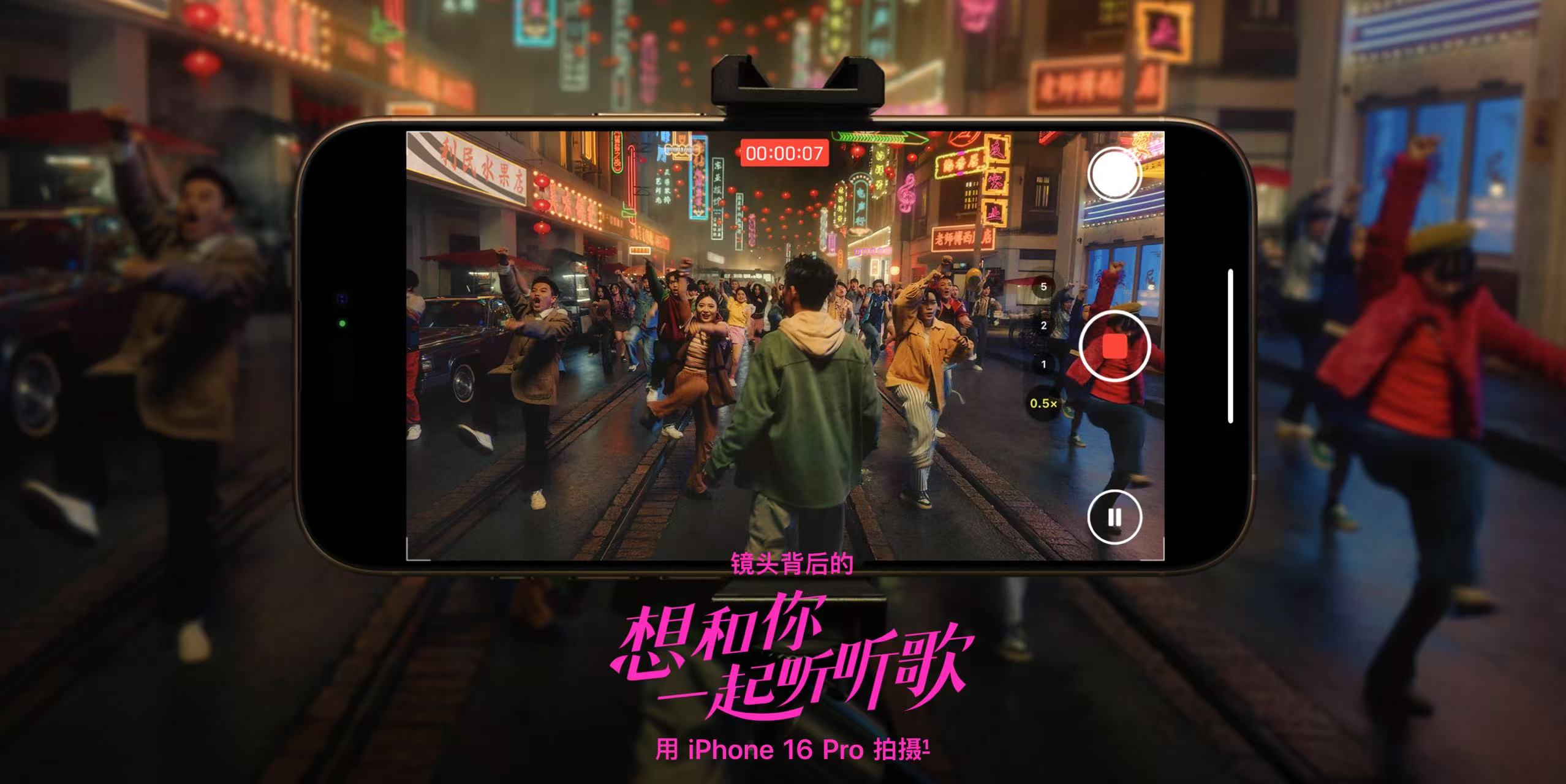
(Image source: Apple)
Smartphones' involvement in professional film and television production is no longer novel. Even before Apple's large-scale films, numerous artists and musicians had embraced smartphones for creation. Today, with AI and advanced algorithms, mobile imaging has become increasingly user-friendly, enabling anyone to produce high-quality videos with just a tap. At the same time, smartphone manufacturers have continually explored the professional capabilities of mobile imaging, supporting log format videos and introducing Dolby Vision films.
The surge in Lunar New Year films by smartphone makers underscores the competition in mobile imaging industrialization.
How does Apple's inaugural Lunar New Year musical film fare?
"I Want to Listen to Songs with You" is directed by Michael Gracey, best known for his work on "The Greatest Showman." Perhaps recognizing his directorial prowess in musical films, this year's film also adopts a musical format.
The plot revolves around Xiao Wei, a young man feeling pressured by his family to marry during the Spring Festival reunion dinner. He stumbles upon a box of audio cassettes from his parents' youth and unexpectedly travels back to 1994, where he meets Xiao Man, another individual grappling with familial marriage pressures. Through music, they connect and gradually fall in love.
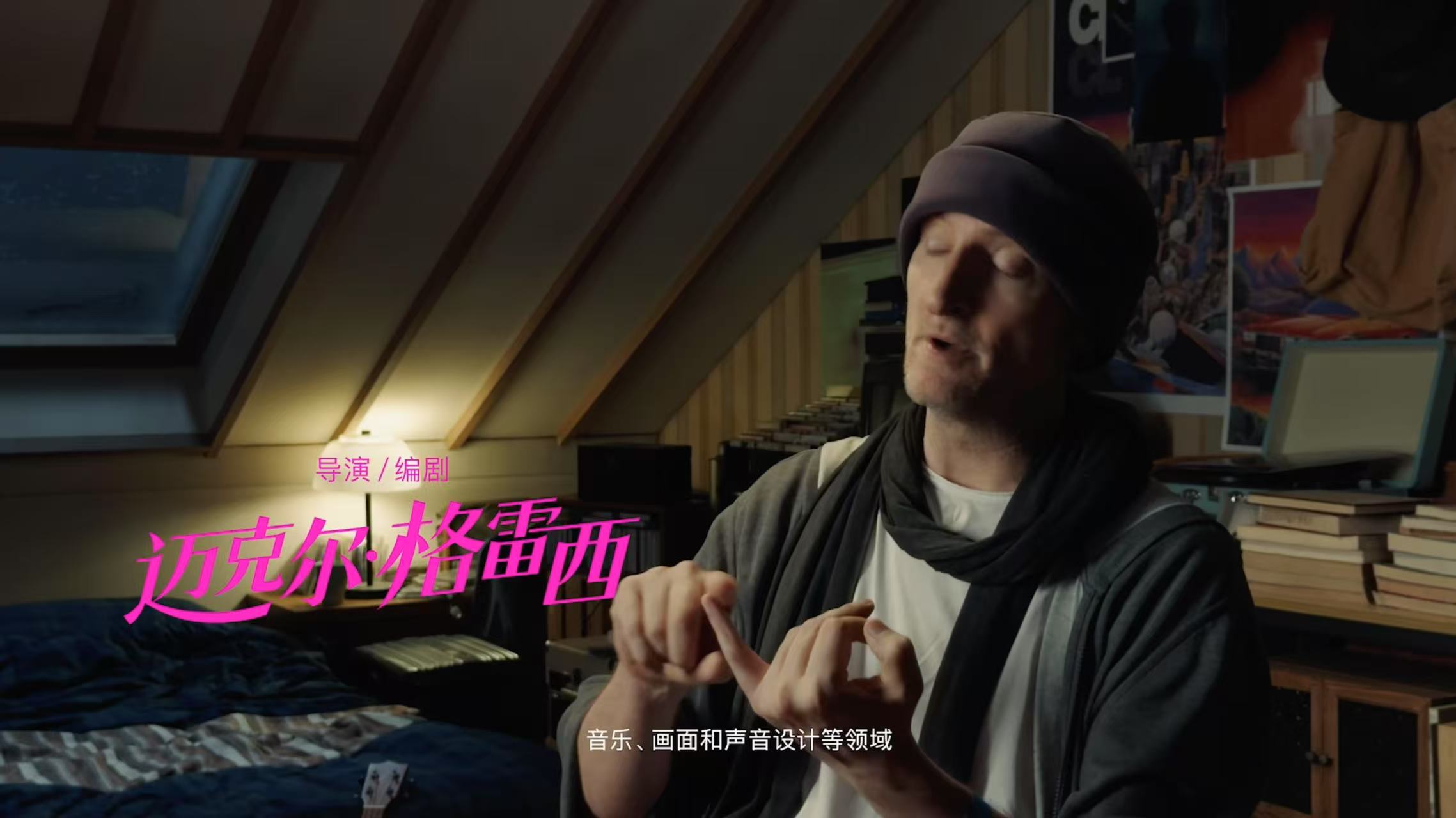
(Image source: Apple)
The film highlights the generational differences in love and marriage values between Generation Z and 1990s youth, incorporating elements like time travel, musicals, and classic tunes to evoke a strong sense of era. Michael Gracey effectively captures the impact of popular topics and a romantic retro atmosphere, contributing to the film's success in transcending traditional circles.
Beyond the plot, how Apple filmed this movie is equally noteworthy.
"I Want to Listen to Songs with You" was shot using the iPhone 16 Pro, launched by Apple in 2024. It boasts three physical cameras: a 48-megapixel main camera, a 48-megapixel ultra-wide-angle camera, and a 12-megapixel periscope telephoto lens, supporting up to 5x optical zoom. Leveraging the Deep Fusion algorithm, Apple designed seven "optical lenses" for the iPhone 16 Pro, covering a focal length range from 14mm to 120mm.
The iPhone 16 Pro supports new 4K 120fps Dolby Vision video recording. With 120 frames per second, the film maintains ultra-high clarity even during slow-motion playback, capturing intricate details of fast actions like dancing and enhancing emotional expression. For instance, several scenes feature Xiao Man and Xiao Wei dancing together, and slow motion amplifies the romantic ambiance of these moments.
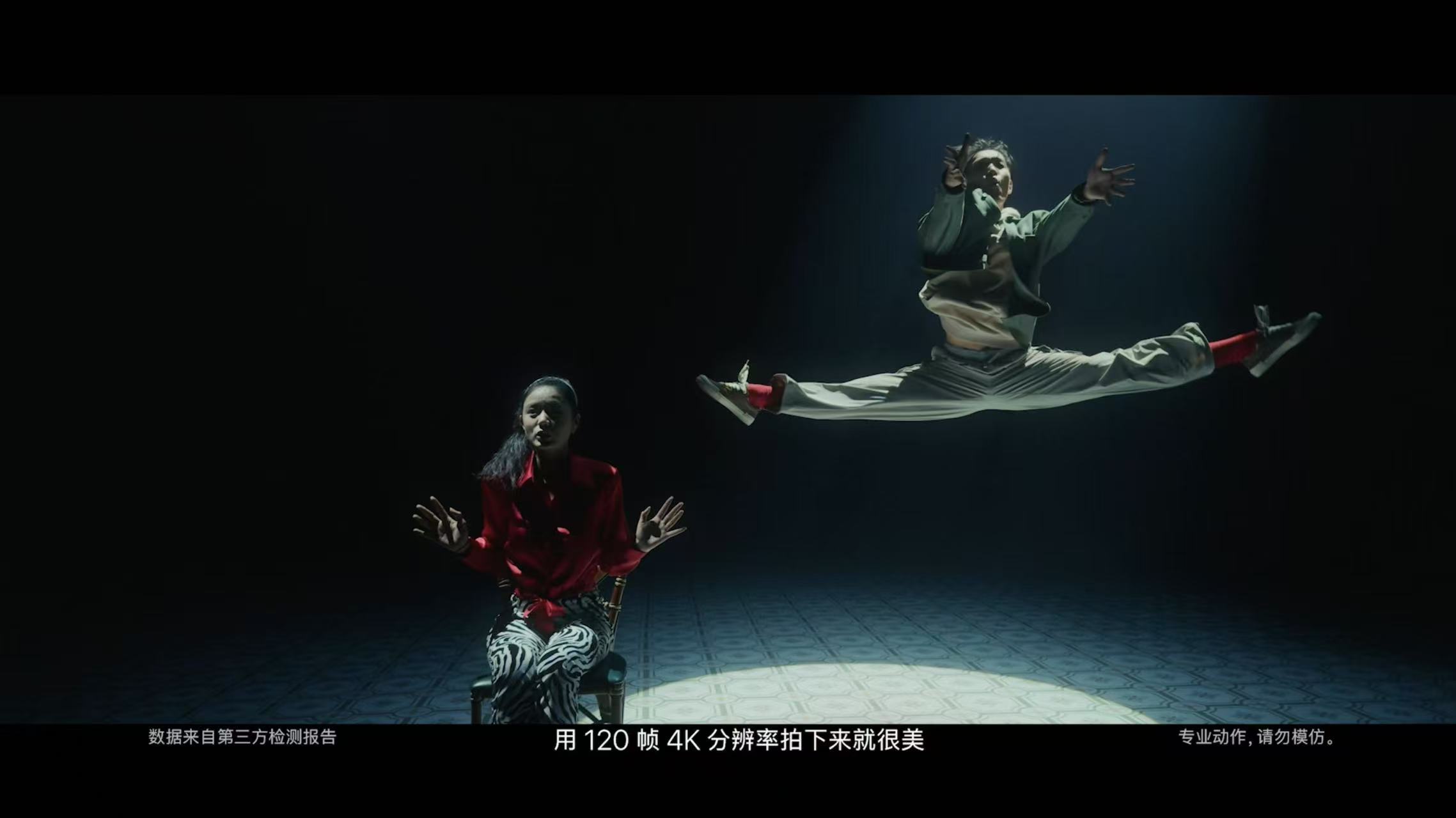
(Image source: Apple)
Furthermore, Apple utilizes the new A18 Pro's machine learning algorithms to enable the iPhone 16 Pro to support three audio processing modes: Studio, Cinematic, and On-Screen. In scenes with dialogue, Cinematic mode reduces background noise and highlights the dialogue content, while Studio mode adjusts the film's music to enhance the atmosphere. "I Want to Listen to Songs with You" employs the new mixing function, simplifying post-production audio processing.
The newly added camera control button on the iPhone 16 series plays a crucial role, allowing photographers to quickly adjust parameters during filming, enabling them to tweak exposure and tone without screen interference.

(Image source: Apple)
Apple's Lunar New Year film is essentially a product promotional video wrapped in exquisite production and unique plot elements. Almost all the new features mentioned stem from the latest upgrades, such as 4K 120fps Dolby Vision video recording and camera control buttons. However, artistic expression has never been constrained by hardware, which is also the ethos that mobile imaging strives to convey.
Imaging Flagships Intensify Competition in Lunar New Year Shorts
In addition to Apple, Huawei and OPPO have also joined the Lunar New Year short film fray this year.
Huawei officially announced the release of "Round Dumplings" on January 20, created with the Mate70 series, while OPPO will unveil its Lunar New Year film, "Grandma's Calendar," on January 22, shot with the latest flagship OPPO Find X8 series.
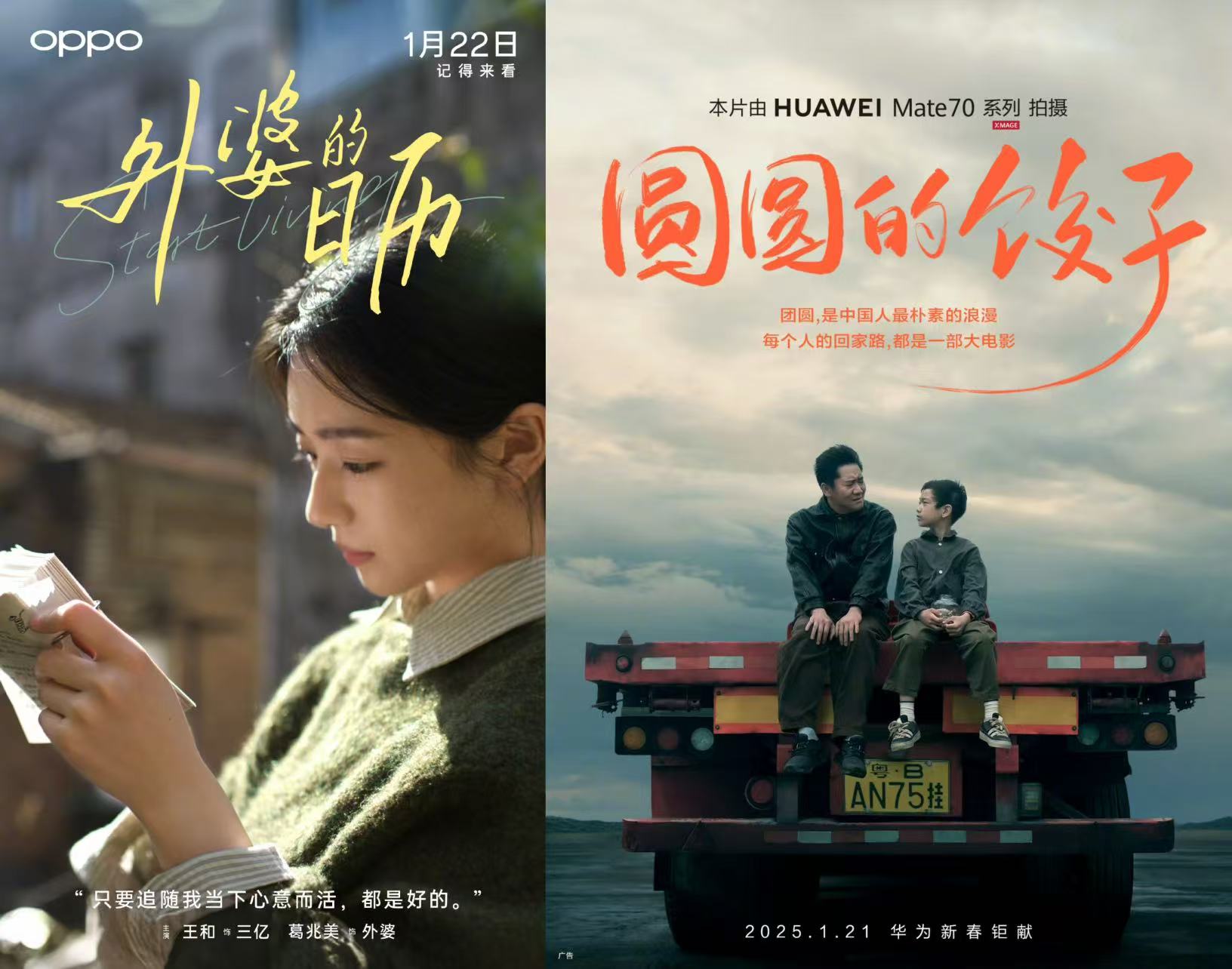
(Image source: OPPO/Huawei)
Smartphones have been involved in professional film production for over a decade. As early as 2015, an artist named Sean Baker completed a film using an iPhone 5S. In 2018, Chinese director Cui Siwei also used an iPhone X to make "The Snowstorm." iPhones offer creators a higher ceiling in film production, supporting early Dolby Vision format, the pioneering 4K 60fps, and Apple Log Pro, with increasingly professional formats providing ample post-production flexibility.
Moreover, Apple provides creators with a seamless workflow and a robust software and hardware ecosystem. For instance, videos shot with an iPhone can be swiftly transferred to a Mac via AirDrop and then post-processed using Final Cut Pro. Early Android smartphone brands could not offer such a smooth workflow.
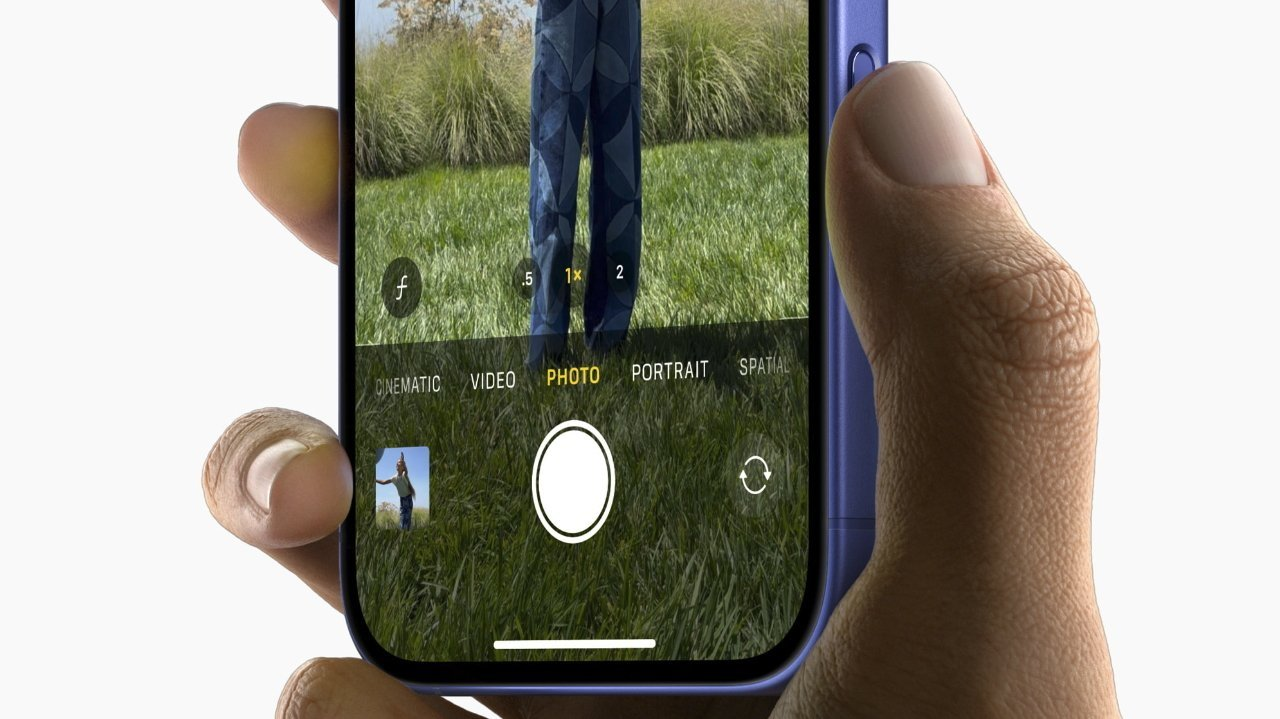
(Image source: Apple)
With the continuous advancement of mobile imaging, the Android camp has also achieved significant strides through joint hardware and software upgrades. For example, the Xiaomi 12S Ultra's first Sony IMX989 1-inch large-aperture main camera rivals compact cameras in imaging capabilities. The vivo X100 Ultra's first Samsung HP9 200-megapixel periscope telephoto lens elevates mobile imaging's telephoto capabilities to new heights. In 2024, Huawei introduced Red Maple Imaging on the Mate70 series, restoring the most authentic colors.
After gaining recognition for their photography prowess, smartphone manufacturers now aim to win consumer approval for their videography capabilities. This year, OPPO introduced 2K live photos, demonstrating that clear live photos are not exclusive to iPhones. Huawei, OPPO, and Honor's focus on snapshot capabilities has also showcased smartphones' rapid shooting abilities. Thus, film creation is the next frontier in mobile imaging.
Video: The Final Piece in the Mobile Imaging Puzzle
Contemporary professional photography equipment divides photography and videography into two distinct professional creation paths. For instance, the Sony ZEV-10 excels in videography compared to photography, while the Hasselblad X2D, despite being a medium-format camera with 100 million pixels, does not support video recording. These are extreme cases, but they illustrate the point.
Currently, many professional media outlets view the iPhone as a standout in mobile imaging, particularly in film creation. Compared to the Android camp's combination of luxurious hardware and AI algorithms, the iPhone appears more professional in this realm. Especially with the advent of the Apple Log format, it has solidified its position in professional film production.
Recognizing that video creation is a growing trend, smartphone manufacturers are rapidly expanding their imaging matrices. In 2021, OPPO introduced the first log video recording function in the Android camp with the Find X3 Pro Photographer Edition, which, combined with 10-bit color, fully retains the image's dynamic range, offering more post-production color grading flexibility.
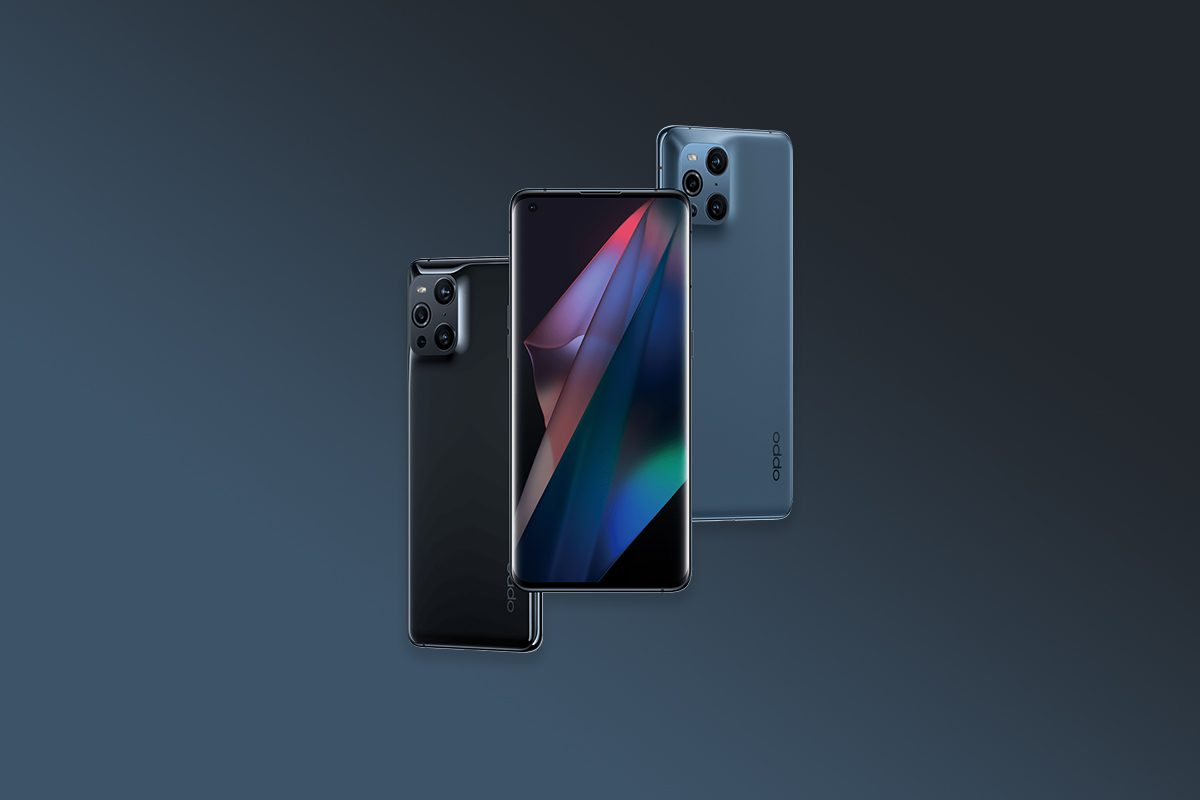
(Image source: OPPO)
Subsequently, imaging flagships like the Xiaomi 13 Ultra and vivo X100 Ultra gradually supported corresponding log video formats. As for another crucial aspect of imaging creation – authenticity – Huawei introduced a 1.5-million-pixel multi-spectral sensor on the Mate70 series, capturing more color information and significantly contributing to true color restoration. It is reported that OPPO will also introduce another imaging solution for true color restoration on the X8 Ultra to be released this year, focusing on the video domain.
Last year, the LYT818 sensor unveiled by vivo at the X200 series launch was actually a new sensor designed for video. With an area of 1/1.28 inches, it supports multi-focal length native HDR and excels in base noise control and HDR scene optimization power consumption. It is understood that vivo might consider replacing the previous-generation LYT900 with this lens on the X200 Ultra to enhance its video capabilities.
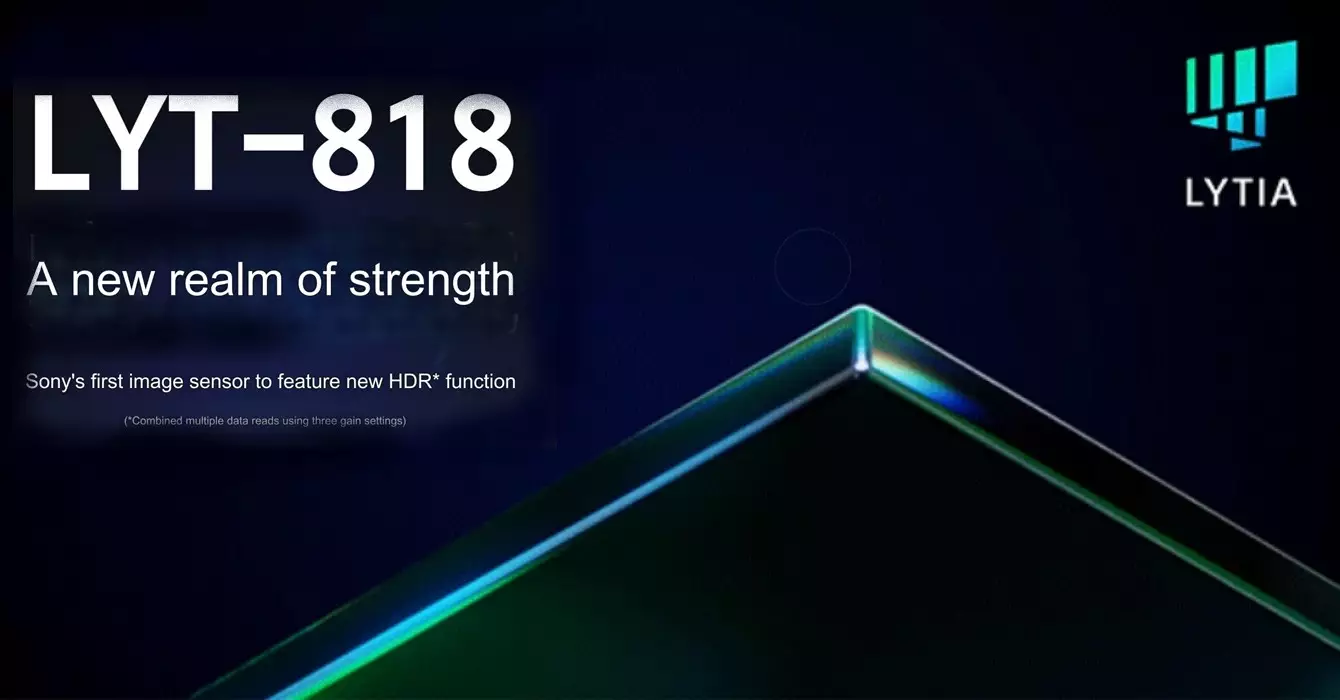
(Image source: Sony)
Coincidentally, OPPO, Huawei, Honor, and Xiaomi are all preparing new hardware and algorithms for video creation to complete the mobile imaging puzzle.
Lunar New Year films epitomize how mobile imaging participates in the industrialization process. This medium, blending emotional resonance and cultural significance, mirrors the industry's evolution from "taking good photos" to "taking professional photos." Lei believes that as smartphone brands focus on video creation, we will witness more festival films produced using smartphones in the future. Lunar New Year films will no longer be merely an annual marketing highlight for brands but will become iconic displays of their annual mobile imaging industrialization achievements.








